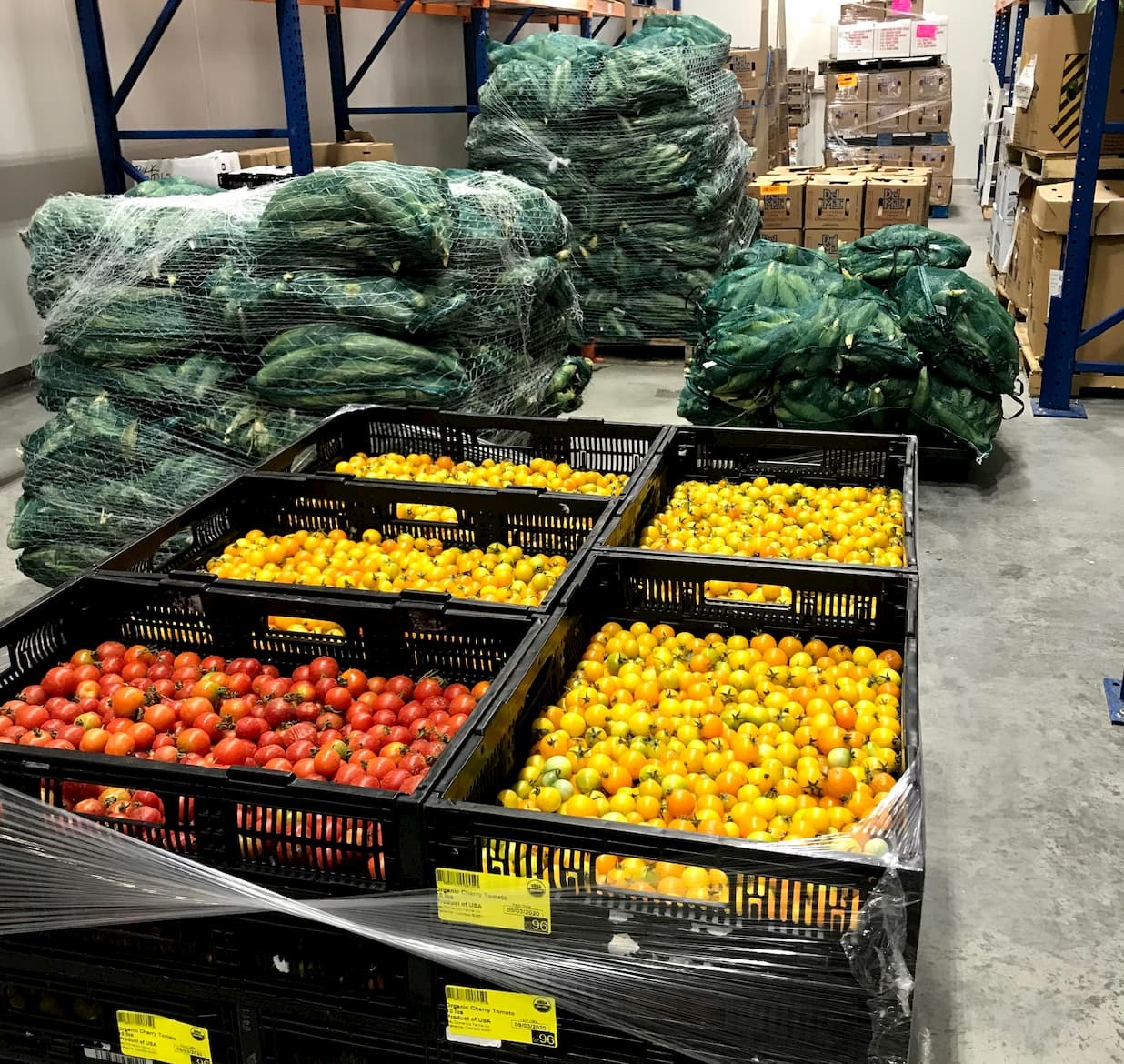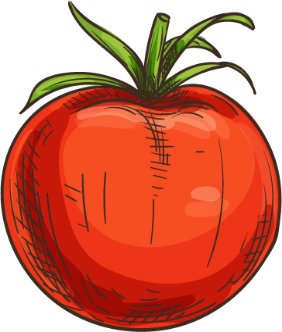
Waste Reduction
In today’s society, food waste is a prevalent concern that has great impacts on the environment. In the United States alone, over 1/3 of food goes uneaten either due to loss or waste.

Waste Reduction
In today’s society, food waste is a prevalent concern that has great impacts on the environment. In the United States alone, over 1/3 of food goes uneaten either due to loss or waste.
In addition to food waste, packaging waste produced by school cafeterias is also of concern where US Public Schools generate approximately 14,500 tons of solid waste daily, and about 42% of that waste is made up of food package waste from cafeterias. These staggering numbers show the importance of waste reduction efforts in school kitchens and cafeterias to help reduce the amount of food wasted and overall waste produced in the nation without sacrificing on providing students with quality food. Knowing school nutrition professionals are already busy serving students, waste reduction efforts can seem daunting and overwhelming, especially when it comes to trying to find a fine balance between reducing waste while also ensuring that students are properly fed. To help with these efforts, we have created a list of research-based strategies to implement in your schools to work towards creating a greener school environment.
Strategies
Salad Bars: Salad bars give students the power of choice and selecting foods that they enjoy and will actually consume. Additionally, salad bars are a great way to serve fresh produce and scratch-cooked food items daily which allows you to provide more options for students, allows controlled production, and reduces the use of disposable containers. See the following Case Study showing how salad bars help reduce waste and improve healthy eating habits. Visit our Salad Bars page for additional information.
Bulk Milk: Using bulk milk machines reduces waste of both unconsumed milk as well as waste produced by milk cartons and bottles. CAF’s Bulk Milk Blog and TLB Bulk Milk Page help explain the waste issues that can arise from milk bottles/cartons and how bulk milk machines can help resolve these issues. World Wildlife Fund’s Bulk Milk Study also shows the benefits of bulk milk machines on reducing food waste including reducing package and milk waste, lowering costs, and improving nutrition.
Advocating for a Green Team in your schools: A Green Team is a group of both community and district members that come together to advocate for and implement change that encourages greener practices within a school district. These efforts can impact both at a school and district-level and often include enacting changes in school kitchens and cafeterias. Green Teams can be a great support for food service departments in moving towards greener cafeterias.
For additional information on how to start a green team, visit the Green Schools Initiative website or research “Green Team” in your state or other states to see how other schools are incorporating these initiatives. Some states offer statewide websites, see MA Green Team for an example, that may be able to provide additional support. Be sure to involve key district stakeholders in the conversation before these initiatives to ensure all departments are on board.
Buying in Bulk: Buying products in bulk rather than purchasing foods in single-use containers can help reduce the amount of waste produced from common food items such as yogurt cups, plastic bags, or bottles. See our Procurement Section for more information on purchasing strategies.
Menu Planning & Purchasing Practices: Menu planning is a crucial process in school nutrition and proper planning can greatly impact the amount of food that is consumed or goes to waste. Using strategies such as forecasting and ADP for menu planning can allow you to know exactly what food and how much food to purchase to avoid over-purchasing or purchasing food items that are commonly thrown away or go to waste. Additionally, keeping track of what foods students enjoy and which meals commonly end up in a trash bin can allow you to plan your menu to cater to the meals students enjoy. Visit the Menu Development page for additional resources on menu planning, cycle menus, menu costing, and forecasting volume.
Recycling/Composting: Working with the district’s maintenance department to implement proper waste management including separate disposals for landfill, recycling, and composting is another strategy that can help lead to less waste and more contribution to recycling or composting initiatives. Teaching students how to properly dispose of their waste is an important part of successful waste management strategies and can also lead to lifelong education for students on the importance of waste reduction and environmental awareness. See EPA’s Reduce, Reuse, Recycle page for additional information on how to recycle and be sure to research the recycling and composting guidelines in your town.
Waste Tracking Systems: Performing a Food Waste Audit is a more direct way to understand how much food is going to waste and what foods are going to waste most frequently. This information can be used by the school nutrition department during the menu planning process as well as during the purchasing process to avoid planning meals or purchasing foods that students may be commonly throwing away. Additionally, this can be a time to understand what other items are contributing to waste such as single-use plastic containers, disposable dining ware, wrappers, or water bottles which can be taken into consideration during the purchasing process.
Farm to School & Supporting local farms, ranches, producers and businesses: USDA data shows that Farm to School efforts can help reduce plate waste by encouraging students to try new, healthier foods and improving consumption and enjoyment because of the accompanying education and improved food quality. Farm to School initiatives such as school gardens, collaborations with local farmers, and agricultural education are powerful tools to increase student involvement, knowledge, and awareness of both nutrition education and environmental literacy.
In addition, supporting local producers is also linked to the following environmental impacts:
- Reduces CO2 transmission by reducing amount of food being transported from father areas
- Encourages supporting farms and farmers that use green practices
- Increases business for local farms and businesses to boost local economy
- Better quality food to encourage student consumption
For additional support on local procurement strategies visit our Sustainable Procurement page.
Switching to Reusable Products or Compostable/Recyclable Products: Depending on kitchen structure, staffing, and availability of dishwashers, the use of reusable dishware, silverware, cups, trays, and containers can help reduce waste produced by single-use products or single-packaged foods. Another consideration if reusable products are not available is shifting to the use of compostable and/or recyclable serving materials such as trays, utensils, cups, and containers.
Share Tables: Share Tables are not only an incredible tool for reducing food waste, but it can also be used as an educational tool for students. By teaching students to donate their food to a share table, they are able to obtain awareness that uneaten food is not meant to be thrown away which instills lifelong habits in understanding waste reduction practices. See this Share Table SOP for additional information on implementing Share Tables in the cafeteria.
Additional Supporting Research
Take advantage of the following resources and documents when planning your own tastings. You can tailor them to meet your event specifications.
- Cut Waste, Not Nutrition, in School Meals
- Interventions to Strengthen Environmental Sustainability of School Food Systems: Narrative Scoping Review
- School Cafeteria Discards Assessment Project - EREF
- How Changing School Lunches Could Help the Environment - Tufts University
- USDA’s Reducing Food Waste at K-12 Schools
- World Wildlife Fund’s (WWF) Be a Food Waste Warrior Toolkit
- WWF Reducing Food Waste in Schools: The Business Case
- Plate Waste Warriors: How Schools are Reducing Food Waste - National Farm to School Network
- Plate Waste Prevention in Child Nutrition Programs
- SD State Food Waste in Schools
Discover More






